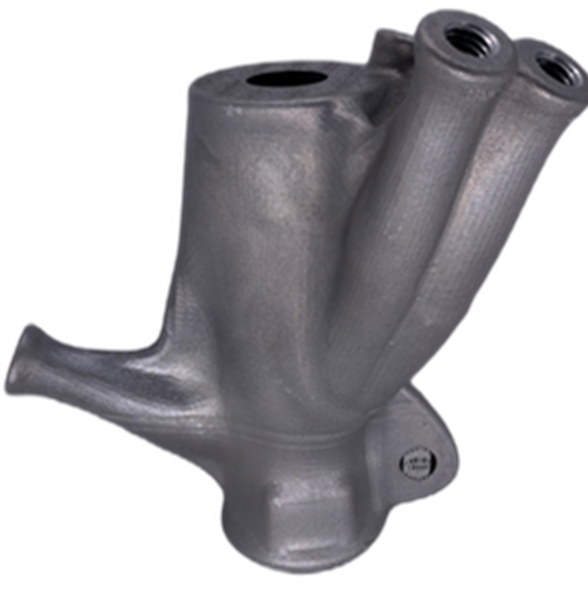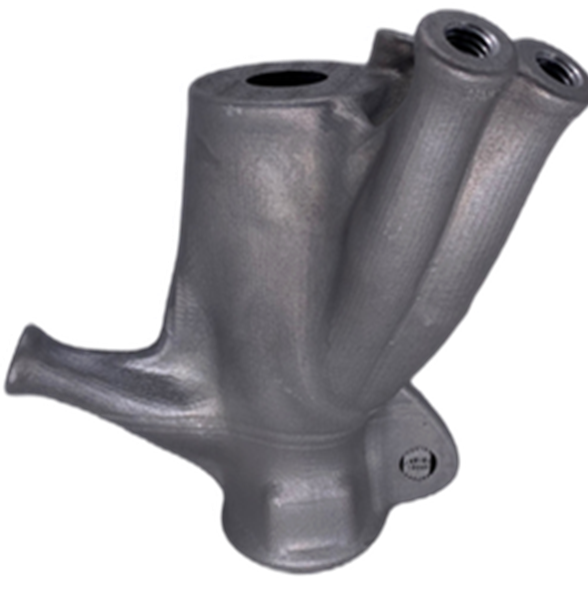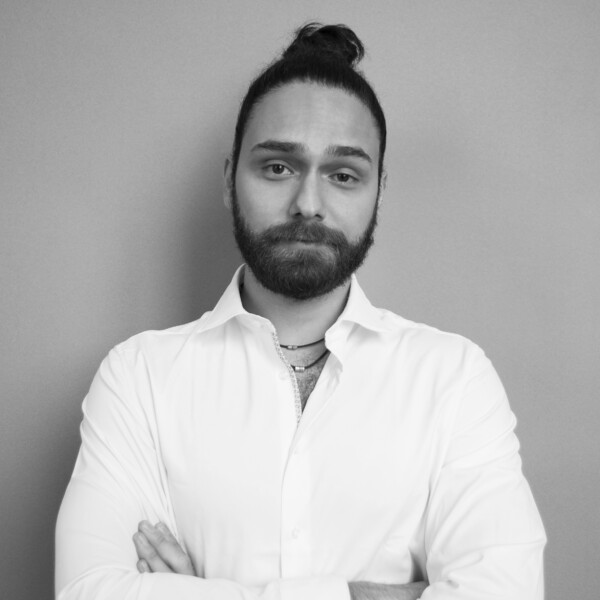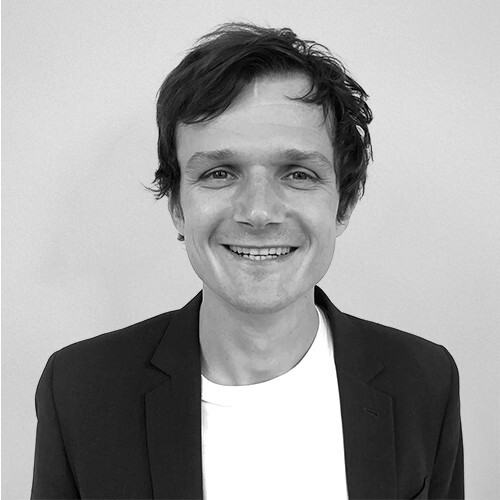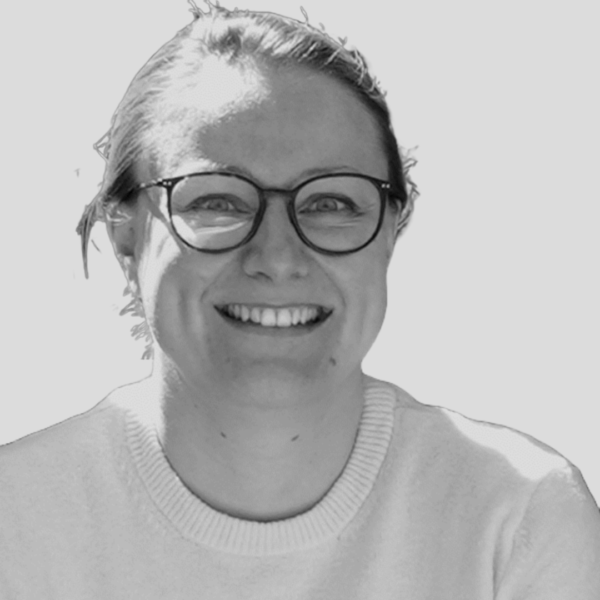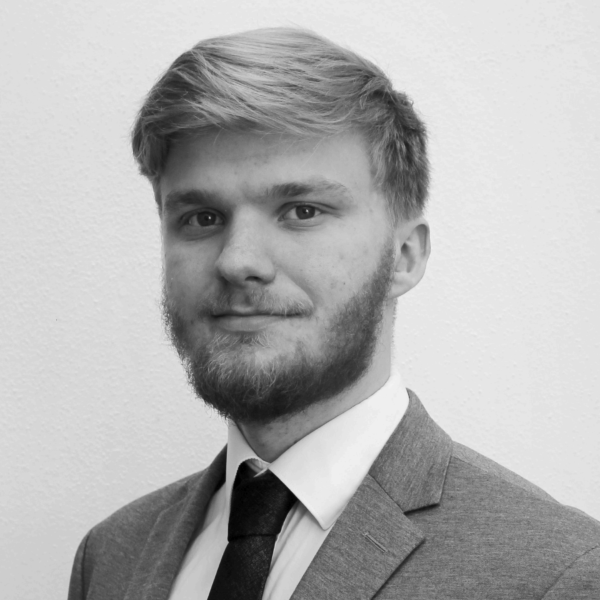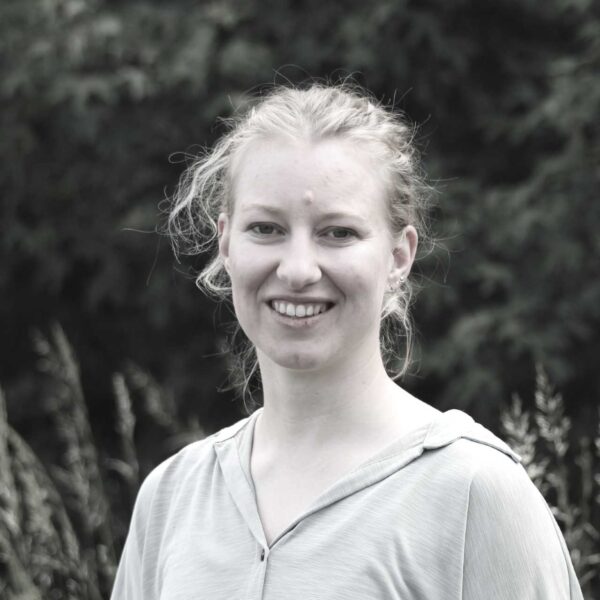Project C 02
3D Structural Puzzle – Numerical Multi Scale Shape and Topology Optimisation Methods to Additively Manufacture Optimal Structures from Optimised Pieces
This project deals with additively manufactured structures considered as large 3D puzzles and multi scale optimization aspects. Based on Vertex Morphing, numerical methods for supporting a holistic, simulation based multi scale optimization tool chain will be developed. The goal is to create optimized individual structural pieces which are assembled to form an overall optimal structure. Additive manufacturing is the ideal mean of greatest potential to combine industrial efficient production with individual design and structural layout. The methods will be developed and tested with prototype products and processes in close cooperation.
Objective
- 3D structural puzzle
- Numerical Multi Scale Shape and Topology Optimization Methods to Additively Manufacture Optimal
Structures from optimized pieces
Approach
- We are working in the larger field of Computational Mechanics spanning the area between mechanics, mathematics, and computer science.
- We are working on the theory of structural analysis, structural optimisation, numerical methods and computer aided modelling.
- We are experts in developing finite elements for the structural analysis of beams, plates, shells, membranes and solids.
- We develop algorithms for non-linear and multiphysical coupled analysis, form finding, and optimisation, as well as their combinations.
- We develop data models to support the interaction of analysis and computer aided design.
- We are implementing our methods into own and open-source software, supporting parallel and high-performance computing.
- We rely on long years’ experience about tight cooperation with other ambitious groups on large software projects, e.g. KRATOS together with CIMNE.
Networking with other projects
We develop numerical optimisation methods as basic digital tools to support additive manufacturing of individually designed structural components. We deliver theory and tools of computational mechanics and numerical structural optimisation to the TRR. If not specifically indicated, we closely cooperate with almost all projects of focus area A (A01-02-03-06-07-09), and many of focus area C (C01-03-04-05-06). Their needs are the root of methodological development and they will apply the methods we develop. Along that course we will have steady and intense collaboration to define benchmarks for testing or to work on the practical, real size objects of the final, intended use cases (A01-09) and construction processes (C03-06). Already, together we have identified that many of the questions and the structure of collaboration appear to be formally identical.

